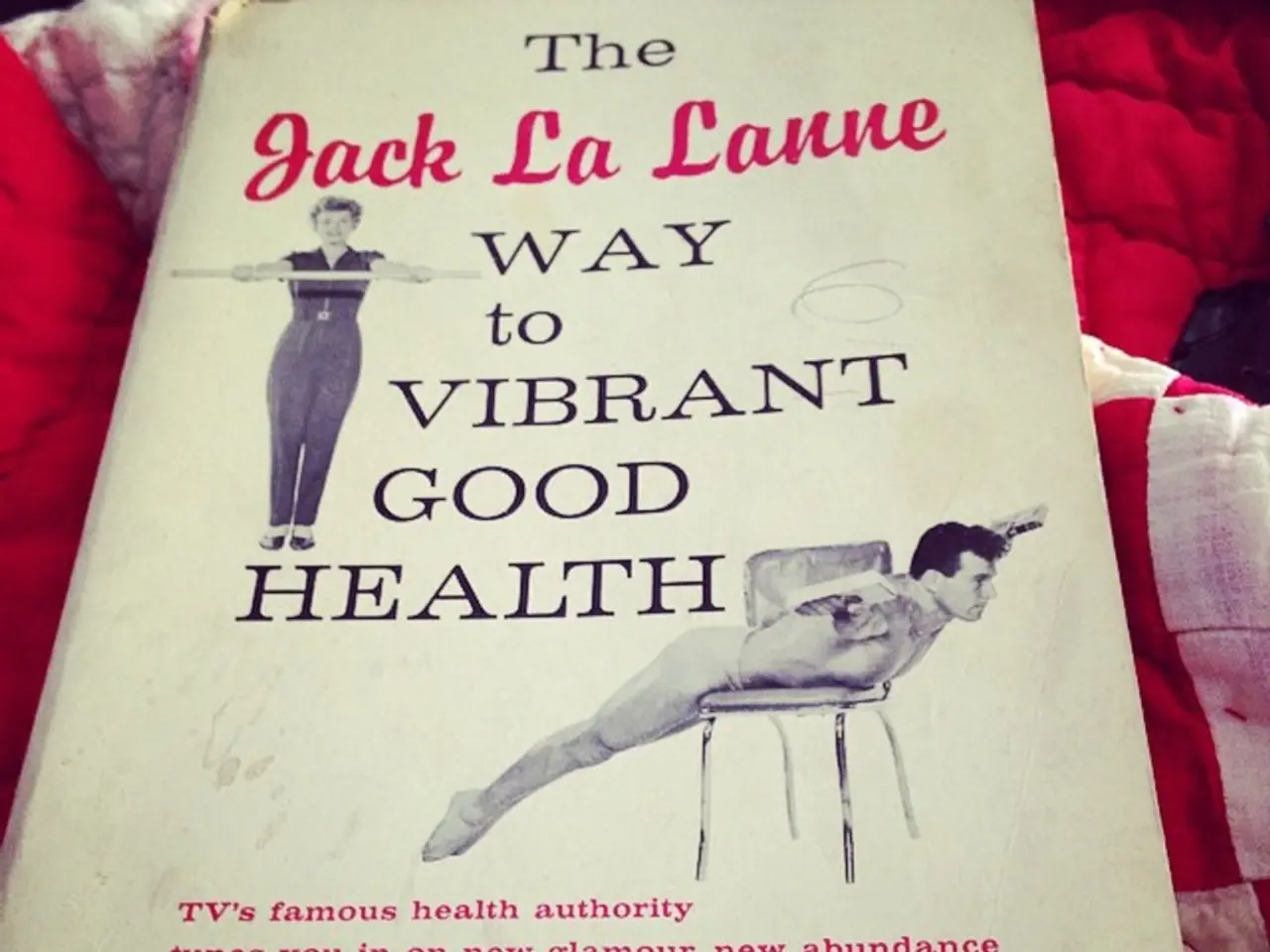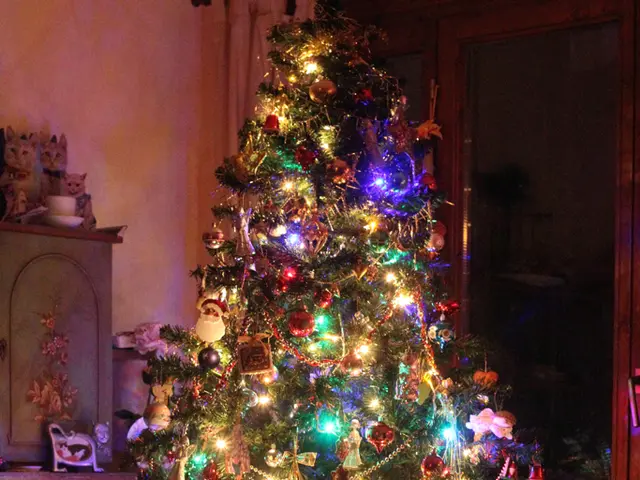Duration of Insulation and Signs of Replacement: A Guideline
=====================================================================================
Home insulation plays a crucial role in maintaining energy efficiency, internal comfort, and keeping energy bills low. But, how long does each type of insulation last, and what factors influence its lifespan?
Let's delve into the typical lifespans and key factors affecting the durability of three common insulation materials: PIR (Polyisocyanurate) foam, mineral wool, and fibreglass.
PIR (Polyisocyanurate) foam insulation
When properly installed and protected from moisture and UV exposure, PIR foam insulation can last up to 50 years. However, it's essential to note that PIR boards can absorb moisture (around 3% of their weight), which can degrade thermal performance and promote mold or rot if not well protected. Exposure to high temperatures, moisture, and UV rays are key factors reducing lifespan.
Mineral wool insulation (including rock wool and glass wool)
Mineral wool insulation, such as rock wool and glass wool, is known for its fire resistance, durability, and resistance to moisture. This type of insulation can last at least 50 years or more, typically the lifetime of the building, when installed correctly and kept dry. Mineral wool is dimensionally stable, resisting sagging or settling, and maintains performance unless it becomes wet or physically damaged.
Fibreglass insulation
Fibreglass insulation is a cost-effective insulation material often used for loft insulation. It retains about 95% of its thermal resistance for about 40 years, but is prone to degradation due to moisture and compression. Generally, fibreglass insulation has an average lifespan around 20 years, though this can vary depending on installation quality and environmental conditions.
Several factors influence the lifespan of these insulation types:
- Moisture exposure: Water absorption significantly reduces insulation effectiveness and leads to mold or material degradation. Synthetic foams like PIR are vulnerable to water absorption, while mineral wool is more water-resistant but still can lose performance if wet.
- Temperature and UV exposure: High heat and prolonged UV exposure can degrade foam insulation like PIR. Protection (e.g., under roofing materials) extends lifespan.
- Physical damage and pest infestation: Mechanical damage or pests can impair integrity, especially in loose-fill or fibrous insulations.
- Installation quality: Proper installation minimizing gaps, compression, and exposure to damaging agents is crucial for longevity.
In summary, PIR and mineral wool insulations can each last up to 50 years or more under ideal conditions, while fibreglass insulation tends to have a shorter lifespan around 20 years. Moisture control and protection from environmental stresses are key to maximizing insulation durability.
Visible damage such as discoloration, holes, tears, or sagging in insulation material can be a sign of ageing. Regular inspections and prompt maintenance can help ensure your insulation remains effective and extends its lifespan.
References: [1] Insulation Institute [2] Rockwool [3] Knauf Insulation [5] British Board of Agrément
- To maintain the efficiency of PIR (Polyisocyanurate) foam insulation, it's crucial to protect it from moisture, UV exposure, and high temperatures to optimize its lifespan of up to 50 years.
- When adequately installed and kept dry, mineral wool insulation, such as rock wool and glass wool, can last for at least 50 years or more, due to its resistance to moisture and fire, performing consistently over the lifetime of the building.
- Fibreglass insulation is a cost-effective solution for lofts, with a lifespan of approximately 20 years, though its longevity may be influenced by moisture, compression, and installation quality.
- Influencing factors for the lifespan of these insulation types include moisture exposure, temperature and UV exposure, physical damage, pest infestation, and installation quality.
- Homeowners should prioritize moisture control, protection from environmental stresses, and regular inspections to ensure their insulation remains effective and prolongs its lifespan.
- Incorporating the right insulation material and design into home-and-garden projects can improve energy efficiency, lower heating costs, and enhance lifestyle comfort, while helping promote a more sustainable lifestyle.




